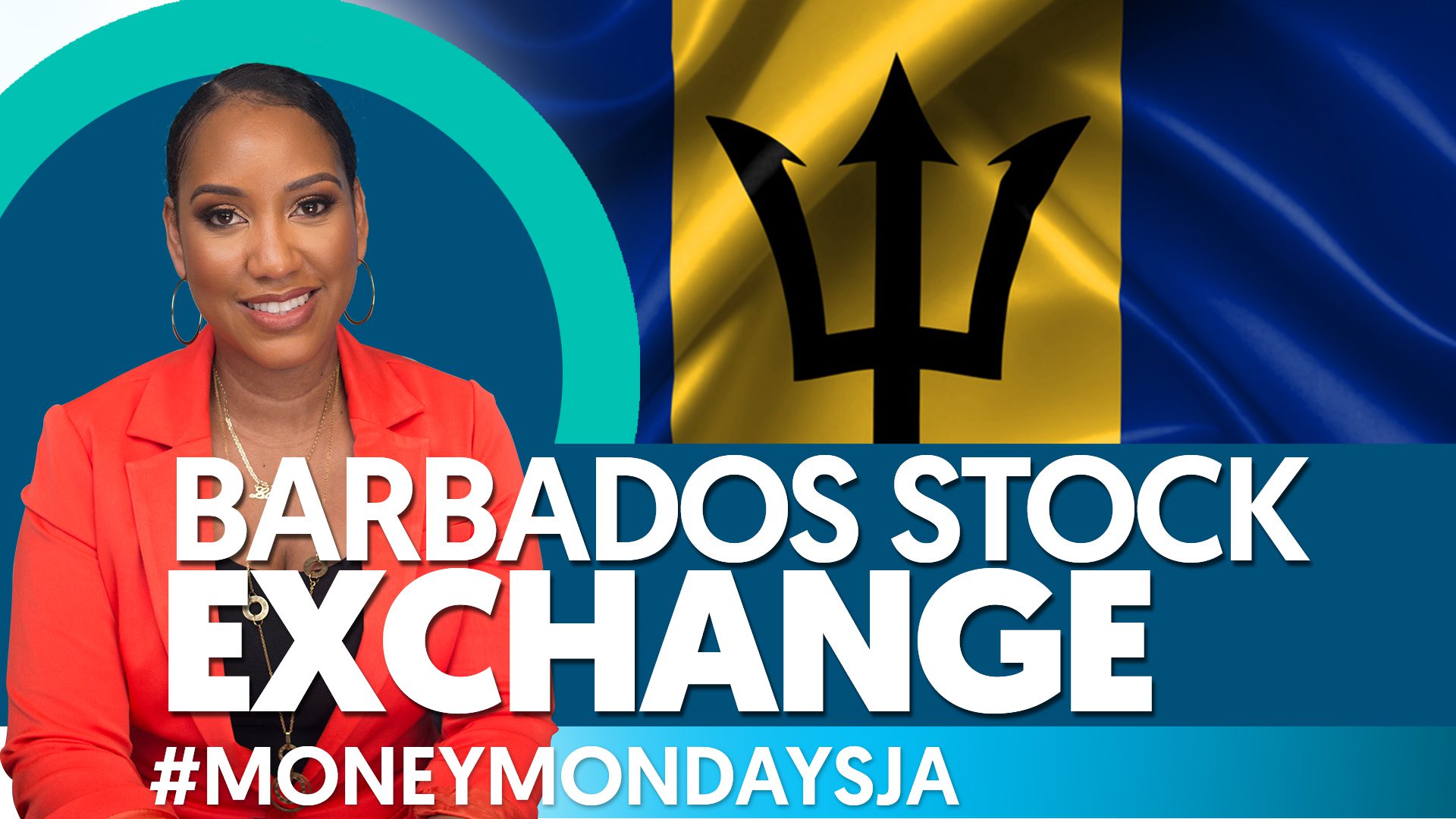Cryptocurrency, forex, stock trading! Sign up now and start trading! Make tons of profit on your money in no time! Sounds easy and exciting, right? People see these ads and rush to sign up but then find out that it isn’t as easy to make money as they say, why is that? Today we’ll be talking about day trading. Is it something you could do?
#MoneyMondaysJA
Writer: Kalilah Reynolds Media
Cryptocurrency, forex, stock trading! Sign up now and start trading! Make tons of profit on your money in no time! Sounds easy and exciting, right? People see these ads and rush to sign up but then find out that it isn’t as easy to make money as they say, why is that? Today we’ll be talking about day trading. Is it something you could do?
Day Trading is the buying and selling of financial instruments to take advantage of small movements in the price within the course of a day. This can be done with foreign currencies, crypto, futures, stocks and other securities. Stock market day traders use the trading platforms offered by the stock exchange or their brokers. In Jamaica, JTraderPro by the Jamaica Stock Exchange is the most popular platform. PROVEN Wealth also has a US trading platform known as PROVEN Global Trading. In the US, one could use Interactive Brokers or Robinhood for example.
Day trading requires deep knowledge of the market in which the securities are being traded, information on the securities, a significant amount of time because it can be pretty much a full-time job, software and let’s not forget money.
A day trader will need most if not all these resources to identify and execute opportunities and even then, making a profit is not guaranteed. A trader needs a broker to process orders, access to a computer, access to live data of stock movement, live data of company announcements, news from all over the world that may spark movement in a particular security, and economic statistics. For example, in the US, investors and day traders look forward to the announcement of the unemployment figures, as it is an important indicator of the past, current and future performance of the economy. They may look out for which industries are shedding jobs the fastest, or hiring the most, and then look for opportunities among companies within those industries.
Day traders need software that helps them to gather and filter data, and identify the different indicators that they use to make buy and sell decisions. Lastly, day traders need access to money, because what good is an opportunity if you don’t have money to take advantage of that opportunity. Traders either use their own money or margin loans from their brokers to buy and sell securities. I’ll explain more about margin loans in another article.
That is just what you need to start. When it comes to the actual trading, a day trader should have a strategy or several different strategies to help them decide when to buy or sell. The major methods of analysis that investors and traders use to analyze securities and predict how the price of a stock, future or option will move in the future are fundamental analysis and technical analysis.
Fundamental analysis uses historical performance of the company, financial statements, experience and track record of senior management, industry trends, economic statistics and anything happening in the world that may influence the movement in the price of the security. Technical analysis uses historical prices, volume traded to predict future price movements, volatility of the security, that is the rate at which the price of the security changes over a period, liquidity among other indicators. This is the method most used by day traders. They study stock charts, candlestick patterns to identify trends, patterns, moving averages, standard deviations and support and resistance levels.
The trader decides to buy and sell based on the trends and signals identified. Technical analysis can become very complex but is only one of the strategies that day traders use to identify opportunities. There are many other techniques and strategies. Some basic strategies include following trends, contrarian investing, range trading, scalping, news-based trading and trading using software and algorithms.
A trend following strategy means that the trader just follows a trend. If the price is going up, the trader may buy thinking that it will continue going up. If the price is going down, the trader may sell the stock or short the stock. Shorting the stock means that the trader borrows the stock, sells it with the intention of repurchasing the stock when the price falls lower. At this point the trader will return the stock to the person or broker they borrowed it from, pay a small fee and keep the difference between the high selling price and the low purchase price.
Contrarian investing strategy is used by a day trader who thinks that what goes up, must come down and vice versa. As the name implies, they act contrary to what everyone else is doing. They sell the stock when it is high or prepare to buy the stock when it is low so that they can benefit when the price eventually goes up.
In range trading, the trader monitors price movement to look for a range. The range tells the trader that the stock only moves between these two prices. So when the price increases to a certain point, the trader will sell as based on previous price movement, the price will start falling after it has climbed to that point.
Scalping is taking advantage of small price changes such as the spread between the bid and ask price. This requires the trader to be in front of the computer actively monitoring the security, placing a lot of buy and sell orders to benefit from these small price movements.
A trader can simply trade based on company announcements or the news. Stock markets or forex markets react to company news or economic statistics. Having access to live news or being able to gain access to news before other traders is important when using this strategy. Or, the day trader can just buy software that is programmed to identify opportunities.
Once a trader identifies their preferred strategies, it does not end there. The trader will need to be able to continuously dedicate days and time to figuring out the market, the securities and also have the resources and time to trade the securities. If that is not enough, traders have to learn to be emotionless when trading. Trading involves a lot of risk. Using emotion to pick trades or to jump out of trades can lead to extreme losses for a trader. And when I say emotion, it can simply be fear – a very powerful emotion! If you’ve invested a lot of money in a stock and start seeing it decline, you may be tempted to abandon your strategy and exit your position out of fear. Or it could be love. You’re attached to it because it was your first buy, or you really love this stock because it’s done well for you in the past, so even though the data is telling you it’s time to exit, you hold. That’s what I mean by emotion.
Now day trading can be very profitable for individuals who have the time to learn, and the tools and money to make trades. However, people are often very suspicious of those who market trading stocks, forex or cryptocurrencies as a way to make quick money. Why?
We all know someone who’s always talking about trading, and you may constantly be seeing ads on social media inviting you to buy a seminar to learn certain trading strategies. The ads make it look so easy. Sign up, watch a couple videos tonight and start making money tomorrow. People have bought these seminars or attended classes and then when left on their own, find out that it requires a lot of time, none of the trades they make return a profit. Or if they make a trade that is profitable, they get excited and go in big on the next trade and end up losing that money, so they end up losing the money they paid for the class and the money they used to buy. Finding it very hard to get gains or make a profit, they give up.
Before you sign up to day trade forex, stocks or cryptocurrencies, ask yourself the following questions:
Do you have the time to dedicate to learning about the market you will trade in, the securities that you will trade and the different strategies that you will need to learn?
Do you have money that you can afford to lose?
Do you have access to a computer or the right software to help you gather and parse through data?
Once you know the answers to these questions, then you can decide if day trading is something for you. Let me tell you, personally, I’m not a fan of day trading because I don’t fit criteria number one – I ain’t got the time. My preferred strategy is to buy and hold for the long run. I check in on my portfolio about once a month, and make assessments based on news and historical performance. But I’m not knocking those who do day trading. I know quite a few people who’ve made a lot of money doing it. Just be aware of the risks.
Get more money tips and financial education at kalilahreynolds.com and YouTube.com/kalilahrey
Categories: MoneyMondaysJA
Audio Only
More #MoneyMondaysJA Episodes






Leave A Comment